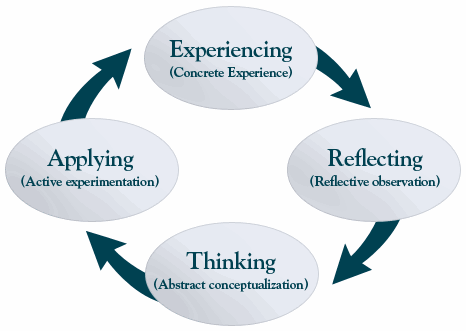Updated July 27th 2023
I was in Heathrow airport recently. I had just joined a fairly long queue to go through security to make a connection flight, when the man beside me gently alerted a passing staff member and asked “Excuse me, has the fast track through security been removed?”. The staff member responded defensively, and in an accusatory, bordering on angry tone “there were two escalators, you should have taken the other one!”. The man innocently responded “I wasn’t told”. The staff member looked at him, shrugged her shoulder in a ‘not my problem!’ fashion and marched off. The customer was left stunned! He had asked a valid question in a friendly manner and he might as well have been spat on.
From an observers viewpoint, this staff member treated the customer with disdain and disrespect. He looked embarrassed. Everyone in the queue who had been bored of queuing and had watched the interaction appeared to be likewise feeling embarrassed for or with him, with all of us looking at each other, wondering ‘what just happened there?’, ‘what’s her problem?’ or maybe ‘what’s wrong with queueing with us?’.
Now, this staff member might have been on the defense because she was sick to the back teeth of being asked this same question, or because a customer had previously been angry at her about the same situation, or perhaps she was just generally having a bad afternoon.
Either way she seemed to be making some sort of assumption, and living in a reactive mode in that moment. She had possibly assumed that this customer was going to be cranky or have some sort of problem; that he might in fact take out on her. The thing is, in her reaction, she turned a fairly content yet curious customer who simply wondered if there was a way to avoid a long queue (who wouldn’t?), into an irritated customer, who then took his irritation out on her colleagues as he moved through security. I watched, and I can tell you there was no more ‘Mr. nice mannerly guy’.
I see this and hear of this all the time in organisations. It’s like a domino effect until one of us takes action not to pass the blame, irritation, frustration or anger on. Are you taking responsibility and action to break the domino effect that cascades through organisations? If you can take responsibility for your own tendency to pass on the blame, or to put your own frustration and irritation onto other people, it will result in a large improvement in your general wellbeing, communication with others, and effective leadership skills! If you can get a few others to also take responsibility to be where “the book stops”, you will then work in a nicer and more successful space. Sometimes it’s that simple!


